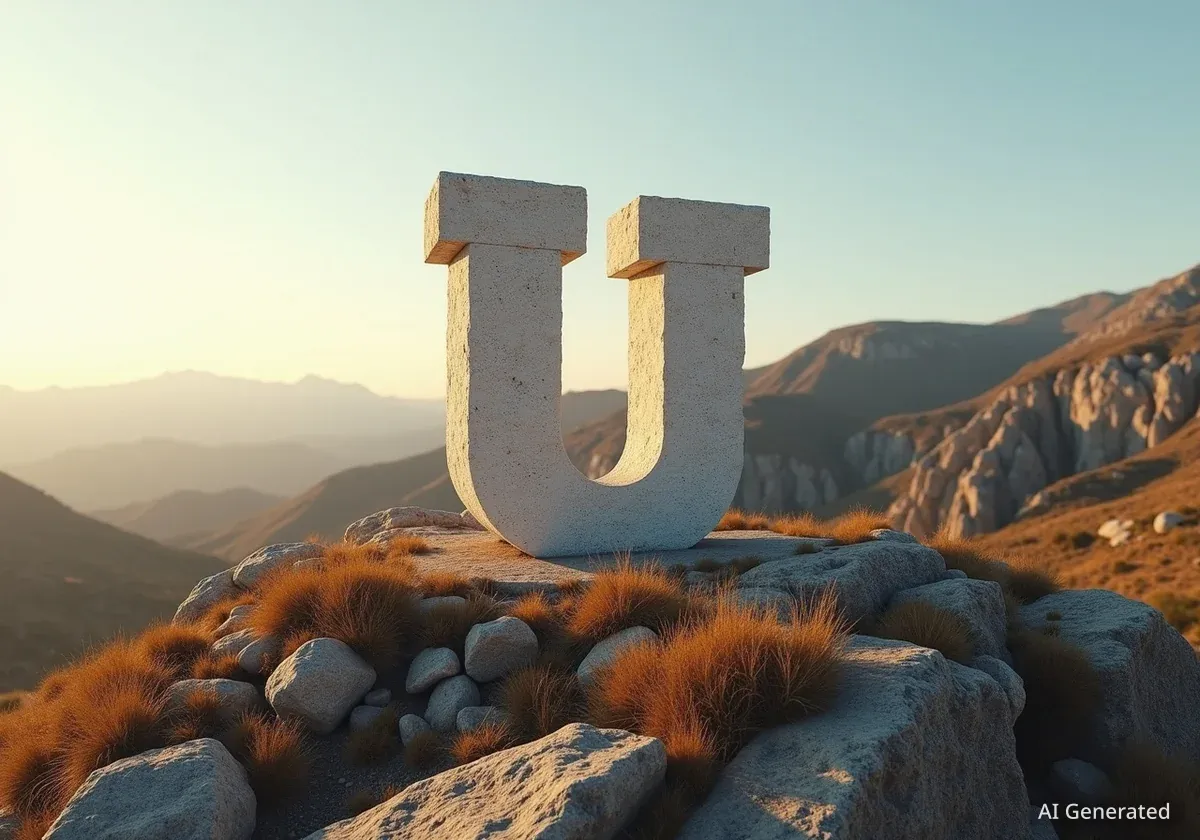The iconic 'Block U' overlooking the University of Utah campus is more than just a symbol of school pride; it is a historic landmark with roots stretching back to 1905. As the second-oldest collegiate hillside letter in the United States, it represents over a century of tradition, community, and athletic celebration in Salt Lake City.
Key Takeaways
- The Block U was first created by students in 1905, making it the second-oldest collegiate hillside letter in the nation.
- The University of California at Berkeley established the first such letter just weeks before Utah's.
- The structure was made permanent with limestone and concrete in 1907.
- Lights were added in 1967 and are used to signal the outcomes of university athletic events.
- Utah is home to 73 different hillside letters, with the Block U being one of the most prominent.
A Storied Beginning in 1905
The tradition of hillside letters began in the early 20th century, and the University of Utah was at the forefront of this movement. In 1905, a group of students climbed the hill east of campus and arranged stones to form a large 'U' along with their class year, '1905'.
This act placed the university in a friendly race with another major institution. "The University of California at Berkeley beat us just by a matter of weeks in 1905," explained Rebecca Walsh, the university's communications director. This timing makes Utah's Block U the second collegiate hillside letter ever created in the country.
The practice quickly became popular, especially in the western United States. According to Walsh, the state of Utah alone now has 73 distinct hillside letters, but the Block U remains one of the earliest and most famous examples of this unique tradition.
The Rise of Hillside Monograms
Hillside letters, also known as mountain monograms, became a popular way for colleges and towns to display their identity in the early 1900s. Their large scale made them visible from great distances, serving as powerful symbols of community pride and navigation points before modern signage.
From Student Project to Permanent Landmark
The initial student-made letter was a temporary arrangement. Recognizing its significance, the university decided to make the symbol a permanent fixture. In 1907, the Block U was officially constructed using limestone and concrete, ensuring its longevity.
Following its permanent installation, a new tradition emerged. For decades, successive graduating classes would make a pilgrimage up the hill to whitewash the U, a ritual that connected new generations of students to the university's history. This hands-on involvement helped cement the landmark's place in the school's culture.
A Statewide Phenomenon
While the University of Utah's 'U' is one of the oldest, it inspired many other schools and towns. The state's 73 hillside letters include Brigham Young University's 'Y', which was established a year after Utah's in 1906, highlighting the long-standing rivalry between the institutions.
The U Becomes a Beacon for the Community
The Block U underwent a significant transformation in 1967 with the addition of electric lights. This upgrade turned the static landmark into a dynamic beacon that could communicate with the entire Salt Lake Valley. The lighting system was designed to share news of the university's athletic teams.
The tradition continues today. "The U is lit red for home games," Walsh noted. When the university's teams secure a victory, the lights change their pattern. A win at home is celebrated with a flashing red U, while a victory in an away game is signaled by flashing white lights.
"As an alum, I personally see it as a landmark. When I'm driving on the freeway coming back from the airport and it's flashing, I know that something good has happened," said Walsh.
A View from Below
For residents living near the university, the Block U is a constant presence. Richard Brown, who lives directly below the landmark, considers it part of his daily life. "Here's my view every morning: the Block U," he said. "It makes it very easy to give directions to people when we're telling them how to get to our house."
Brown mentioned that the lights, which have since been upgraded to modern LEDs, are not a disturbance. Instead, they are a welcome signal of university success. "When they're flashing and we know the U won, that's great news," he added.
Despite the strong rivalry with BYU, where he earned his bachelor's and master's degrees, Brown appreciates the U's cultural importance. He noted, "It's a very important part of the University of Utah's culture."
A Lasting Symbol of Identity
Today, the Block U is more than just a letter on a hill. It is woven into the fabric of the University of Utah and the broader Salt Lake City community. From its humble origins as a student project to its current status as an illuminated beacon, the landmark serves as a constant reminder of the university's long history and enduring spirit.
The symbol is ubiquitous on campus, appearing on everything from buildings and benches to official merchandise. However, the massive structure on the hillside remains the ultimate representation of the institution.
"It's a great, fun family and individual tradition," Walsh concluded, emphasizing its role in connecting students, alumni, and local residents. For over 115 years, the Block U has stood as a silent but powerful testament to tradition and pride.


